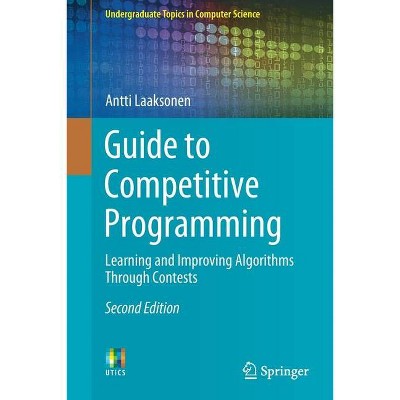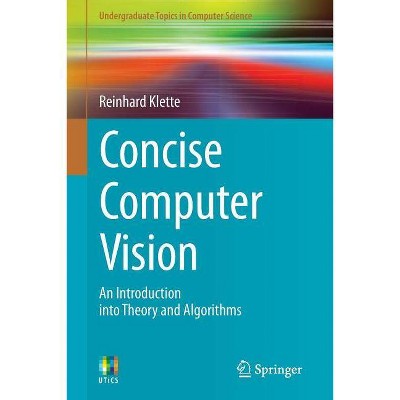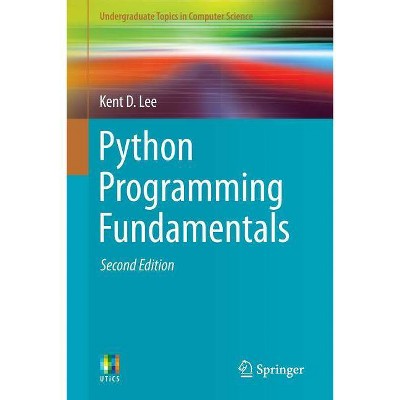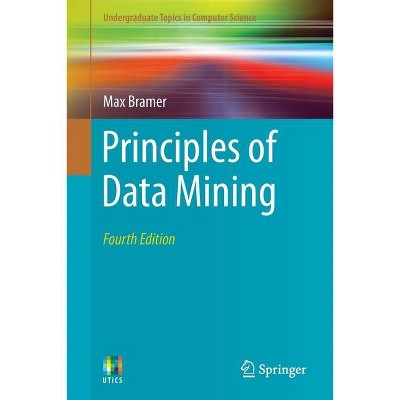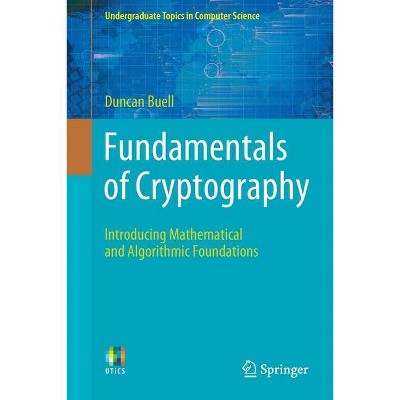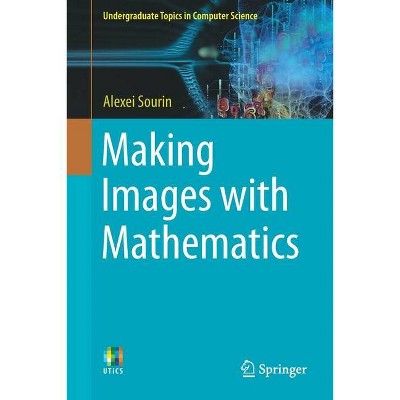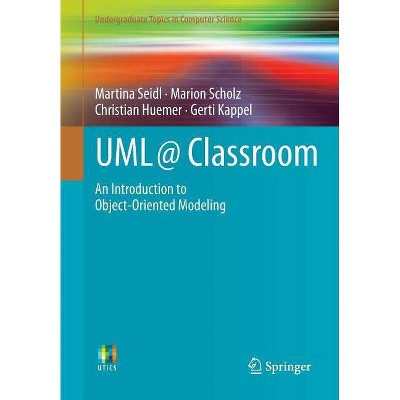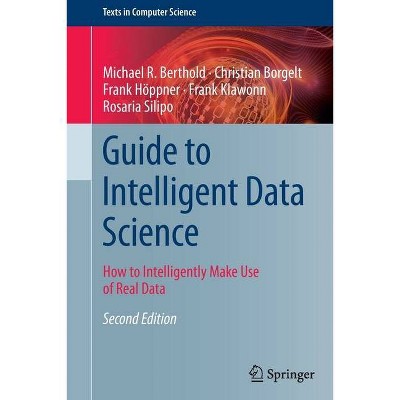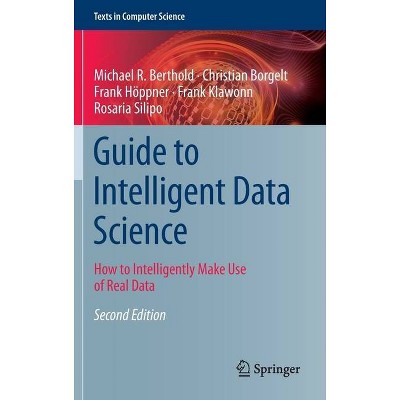Guide to Assembly Language - (Undergraduate Topics in Computer Science) 2nd Edition by James T Streib (Paperback)
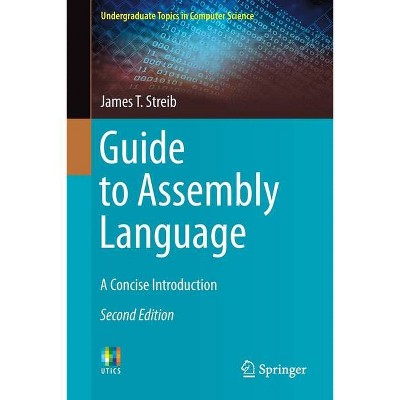
Similar Products
Products of same category from the store
AllProduct info
<p/><br></br><p><b> About the Book </b></p></br></br>The Guide to Assembly Language gives readers the insight they need to begin programming in assembly language. The text also helps readers learn more about the architecture of the Intel 32-bit processor, as well as the relationship between high-level and low-level languages.<p/><br></br><p><b> Book Synopsis </b></p></br></br><p>Although the need for assembly language programmers has decreased, the need to understand assembly language has not, and it is important to actually write assembly language code if one is to understand it thoroughly.</p><p>This <i>Guide to Assembly Language</i> will enable the reader to very quickly begin programming in assembly language. Through this hands-on programming, readers will also learn more about the computer architecture of the Intel 32-bit processor, as well as the relationship between high-level and low-level languages. The book can either be used as a stand-alone text in a one-semester course on assembly language, or as a supplementary text in a computer organization and architecture course.</p><p>Topics and features: presents an overview of assembly language, and an introduction to general purpose registers; illustrates the key concepts of each chapter with complete programs, chapter summaries, and exercises (with answers to selected exercises provided in the Appendices); covers input/output, basic arithmetic instructions, selection structures, and iteration structures; introduces logic, shift, arithmetic shift, rotate, and stack instructions; discusses procedures and macros, and examines arrays and strings; investigates machine language from a discovery perspective; provides an overview of binary and hexadecimal, logic, and arithmetic in the Appendices, together with a Glossary, and a section on Visual C++ and MASM.</p><p>This textbook/reference is an ideal introduction to programming in assembly language for undergraduate students in computer science, as well as a concise guide for professionals wishing to learn how to write logically correct programs in a minimal amount of time.</p><p><b>Dr. James T. Streib</b> is Professor and Chair of Computer Science at Illinois College, Jacksonville, Illinois USA.</p><p/><br></br><p><b> From the Back Cover </b></p></br></br><p>This concise guide is designed to enable the reader to learn how to program in assembly language as quickly as possible. Through a hands-on programming approach, readers will also learn about the architecture of the Intel processor, and the relationship between high-level and low-level languages.</p><p>This updated second edition has been expanded with additional exercises, and enhanced with new material on floating-point numbers and 64-bit processing.</p><p><b>Topics and features: </b></p><p></p><ul><li>Provides guidance on simplified register usage, simplified input/output using C-like statements, and the use of high-level control structures</li><li>Describes the implementation of control structures, without the use of high-level structures, and often with related C program code</li><li>Illustrates concepts with one or more complete program</li><li>Presents review summaries in each chapter, together with a variety of exercises, from short-answer questions to programming assignments</li><li>Covers selection and iteration structures, logic, shift, arithmetic shift, rotate, and stack instructions, procedures and macros, arrays, and strings</li><li>Includes an introduction to floating-point instructions and 64-bit processing</li><li>Examines machine language from a discovery perspective, introducing the principles of computer organization</li></ul><p></p><p>A must-have resource for undergraduate students seeking to learn the fundamentals necessary to begin writing logically correct programs in a minimal amount of time, this work will serve as an ideal textbook for an assembly language course, or as a supplementary text for courses on computer organization and architecture. The presentation assumes prior knowledge of the basics of programming in a high-level language such as C, C++, or Java.</p><p><b>Dr. James T. Streib</b> is Professor Emeritus of Computer Science at Illinois College, Jacksonville, IL, USA. His other publications include the Springer textbooks <i>Guide to Data Structures</i> and <i>Guide to Java</i>.</p><p/><br></br><p><b> About the Author </b></p></br></br><b>Dr. James T. Streib</b> is Professor Emeritus of Computer Science at Illinois College, Jacksonville, IL, USA. His other publications include the Springer textbooks <i>Guide to Data Structures</i> and <i>Guide to Java</i>.<br>
Price History
Price Archive shows prices from various stores, lets you see history and find the cheapest. There is no actual sale on the website. For all support, inquiry and suggestion messagescommunication@pricearchive.us
